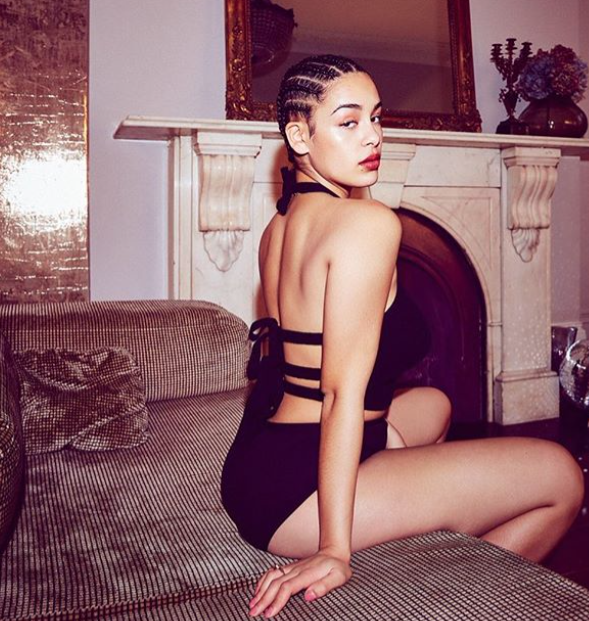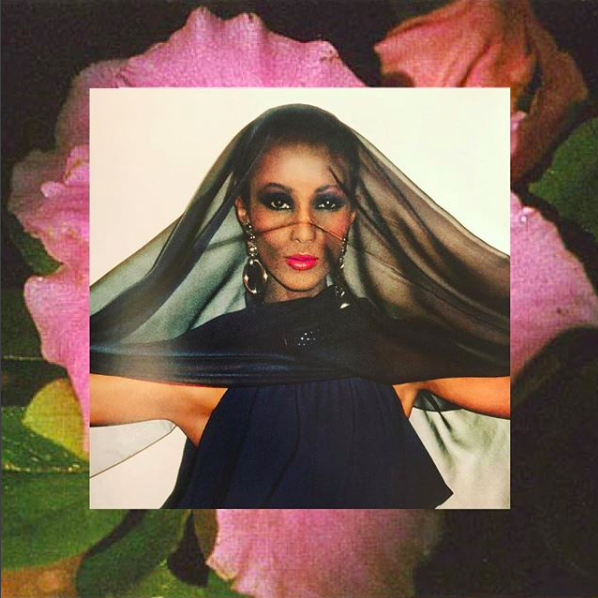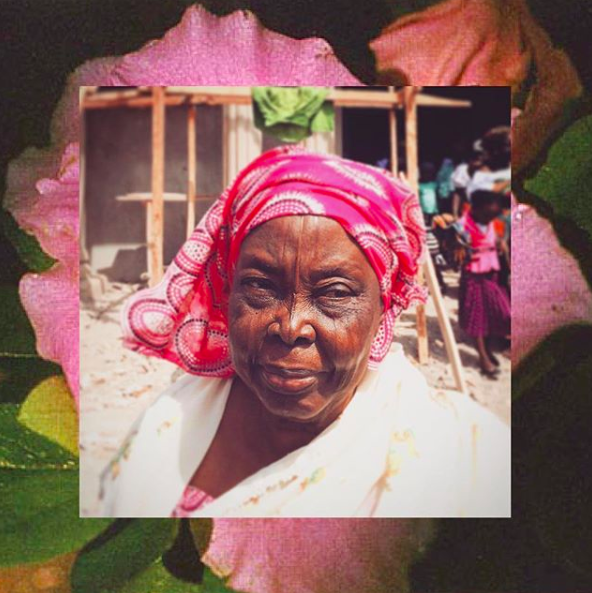Throughout history, black women’s hair has been (and continues to be) theorised, politicised, mystified and exoticised… but rarely is it celebrated. Hair is rich with history and symbolism; for better or worse, it is tied to ideas of self-expression and an encasement of one’s identity.
We are drawn to attaching meaning and asking attention for black women’s hair. However, we seldom think of that hair as awe-inspiring embodiments of desire in the realm of art or design. Speaking on the history of hair typing systems and charts, Roman Mars of the 99% Invisible Podcast describes Oprah Winfrey’s hair as “…an amazing and ever-changing object of design”, pointing to the impactful ways in which her hair has been a site for beauty and strength.
We often think of important cultural icons such as Oprah Winfrey and Diana Ross above and beyond ‘what they do’…and extend our projections and expectations towards their bodies and their hair in ways that have the potential to be limiting and harmful. In their 28th issue; the Hair Issue —Kinfolk Magazine writes an essay; a short history of Diana Ross’ hair; “…through her many seasons in the spotlight, she [Ross] has not been allowed to have bad hair days” reminding us of the impossible standards of respectability as well as the narrow ways in which we imagine sophistication and glamour as it relates to black hair.

Through her project; Black Girls Love Pink, multi-disciplinary artist Joy Matashi is untangling the knots and twines of how we think of black women and hair. The Instagram account is a three-grid pleasure —portraits of black women with beautiful hair, dressed in pink… a pink background often depicting beautiful delicate flowers… the women themselves are alluring, chic and seemingly fully themselves… a lyrical poem celebrating two bold shades —black and pink, side by side.
With a background in architecture, Matashi merges her love for design and graphics with experimentation to traverse and negotiate ideas around hair. She follows a long line of black female artists exploring identity through hair —among others Sonia Boyce and Lorna Simpson, who, through their work, challenge simple and lazy depictions and imaginations of black hair.
In an interview with Pink Things Mag, Matashi explains: “I started Black Girls Love Pink (BGLP) at a time when I felt black beauty was being underrepresented and limited to a few dated platforms. BGLP is for the millennial girl who wishes to see someone like her on the cover of a teen mag, who tries bright eyeshadow pallets in the “how to” section of her fave zine that ends up not fitting her skin tone”.

Matashi has little interest in rigidity and clear-cut rules, her twitter bio reads “hair, architecture and everything in between” —she is creating new cartographies of thinking; cutting across seemingly discrete and unconnected disciplines while creating new and interesting ways to define and redefine freedom.
“As a young Black girl I was told I couldn’t wear pink and subconsciously I felt two bold shades couldn’t go together. When I was young I was so scared to wear it because of that one comment. As I got older, wiser, and surer of myself, I stopped caring and wore whatever I wished. The moment I wore pink I felt free”.
It is liberating to experience a positive move towards true expression—going beyond the very specific ways in which we ‘read’ women’s hair. True freedom is the knowledge that black women’s hair can be a source of pride, a political statement or simply a playful and completely meaningless gesture.






















































